After visiting the ancient capital of Punakha, our Bhutan journey continued further east, to the Phobjikha Valley that lies very nearly at the center of the country. The valley is home to the 17th-century Gangtey Monastery. It’s also the winter home of the endangered black-necked cranes, who migrate from Tibet to Phobjikha towards the end of each October. We were there too early to see the cranes, but the valley offers some great hiking and magnificent views.
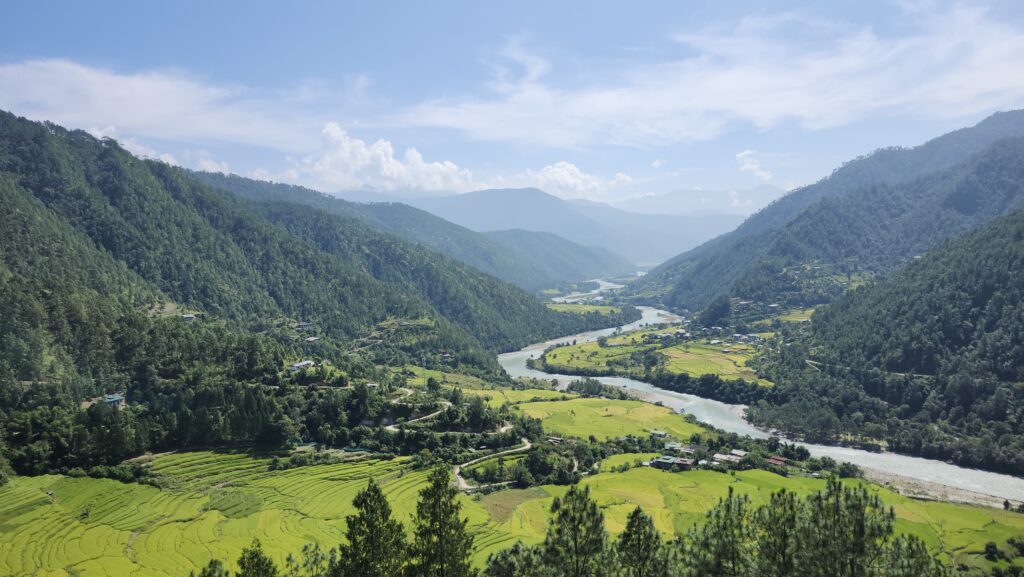
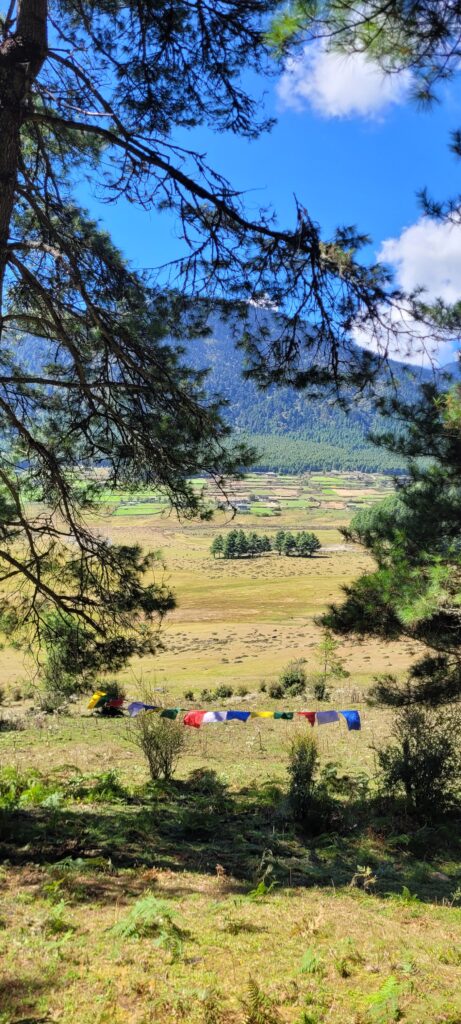
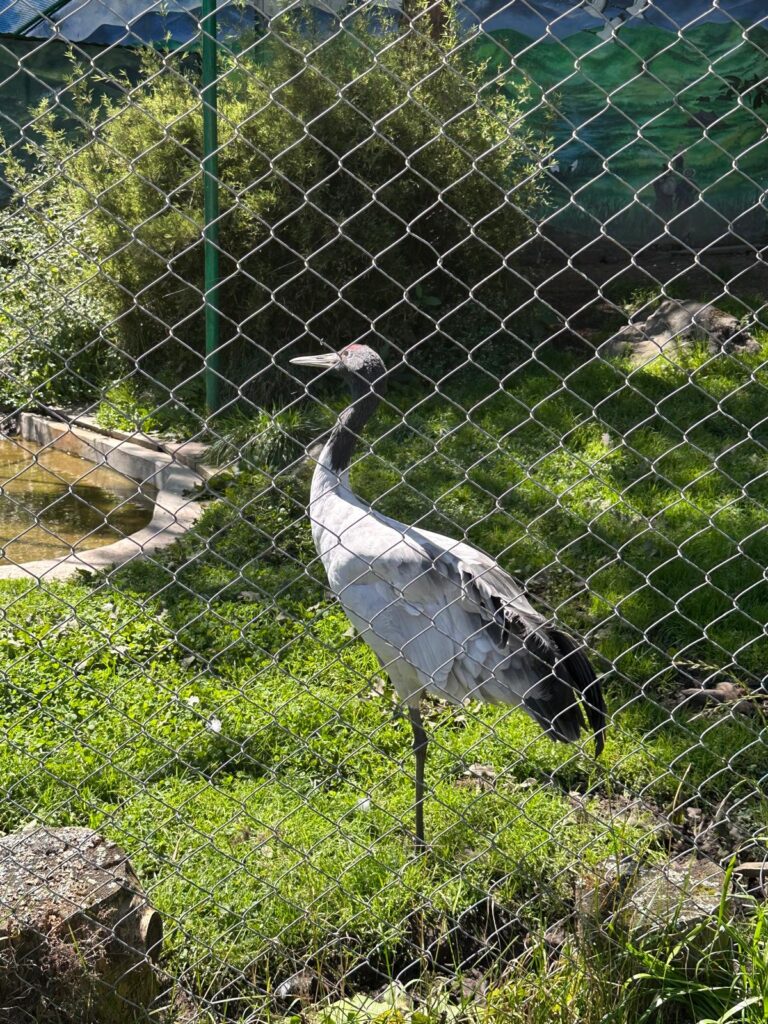
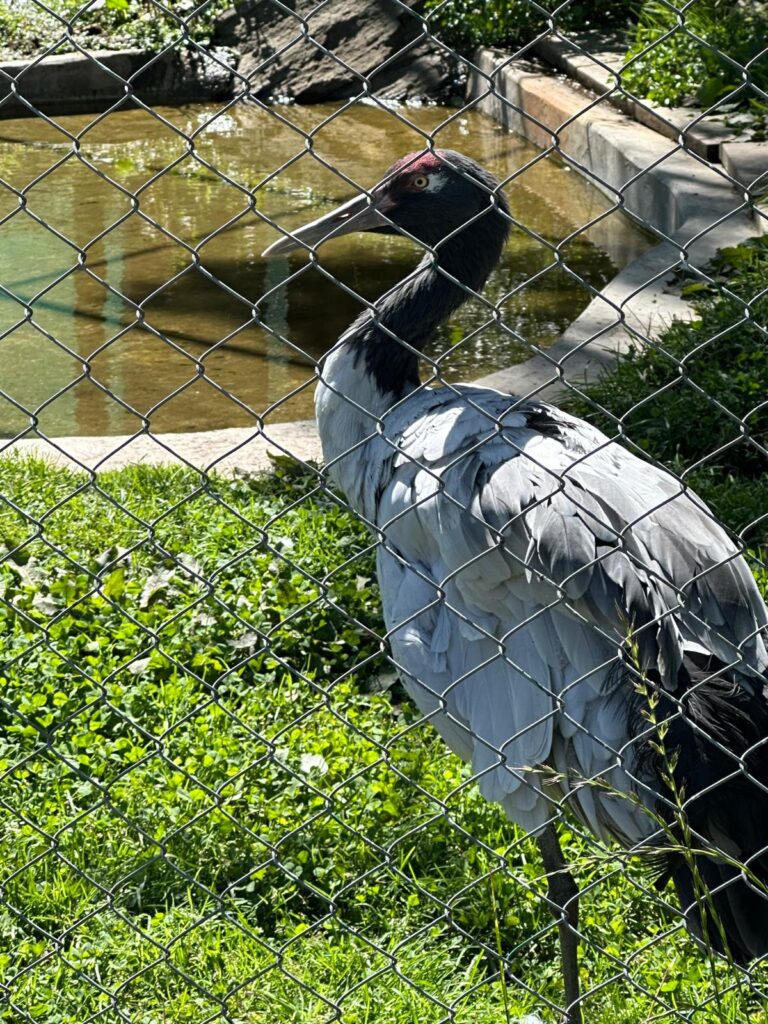
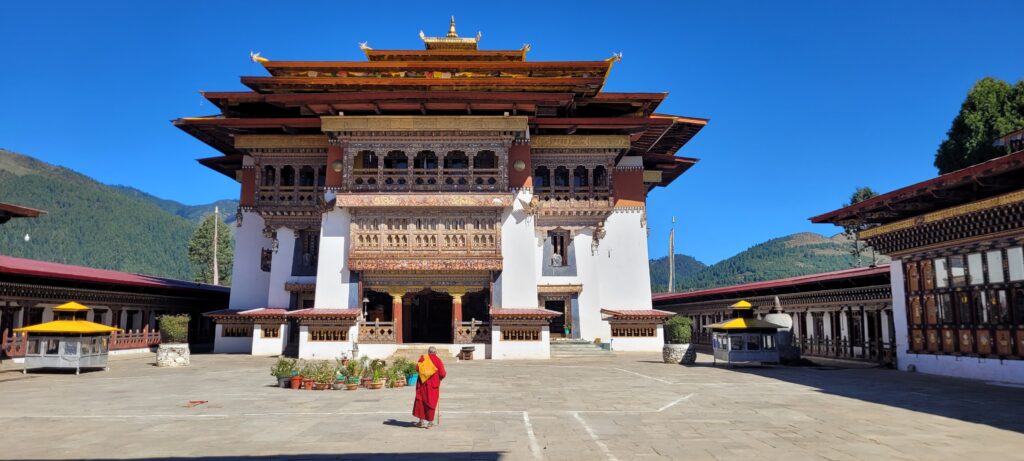
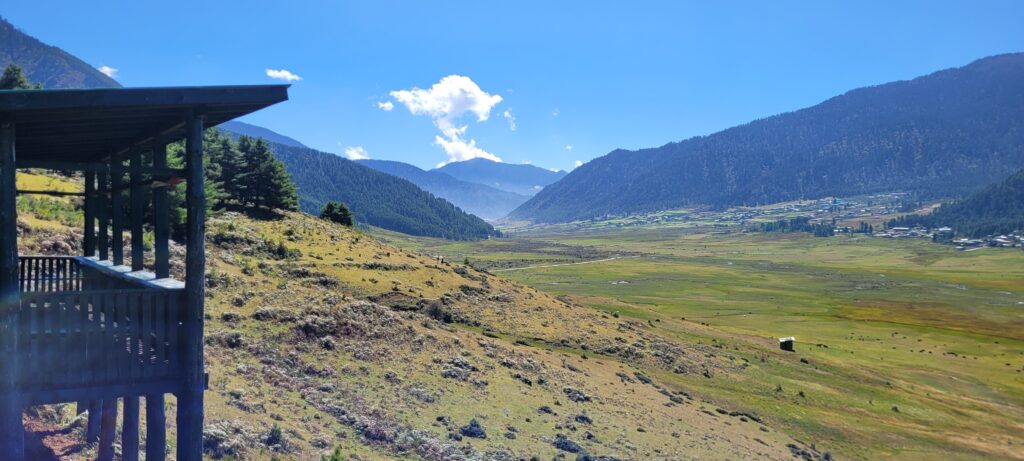
Heading even further east, we came to the Bumthang Valley, considered one of the most sacred valleys in all of Bhutan. It’s where important Buddhist figures such as Guru Rinpoche (also known as the Lotus-born Guru) and Pema Lingpa, a Buddhist saint, left their spiritual mark. The valley is home to the 7th-century temple Jampa Lhakhang, one of 108 temples commission by the dharma king Songtsen Gampo to subdue a Himalayan demoness by pinning her down to the earth forever.
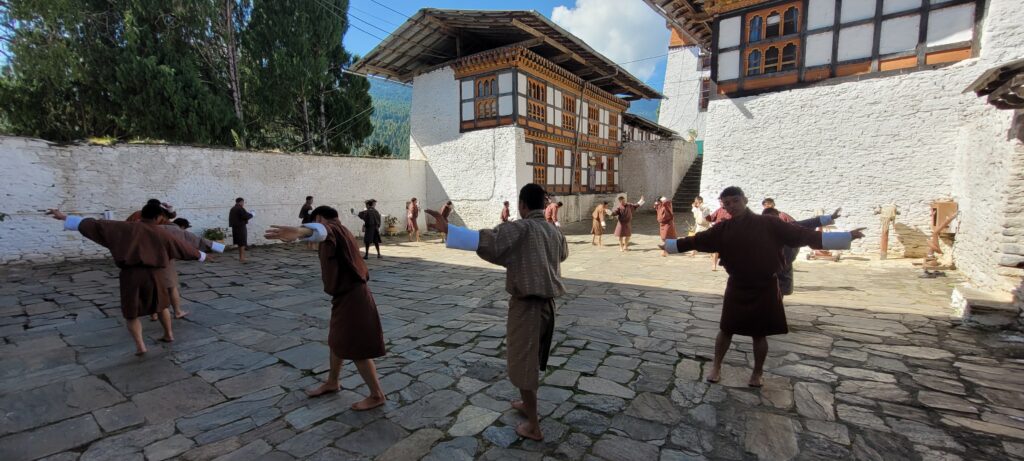
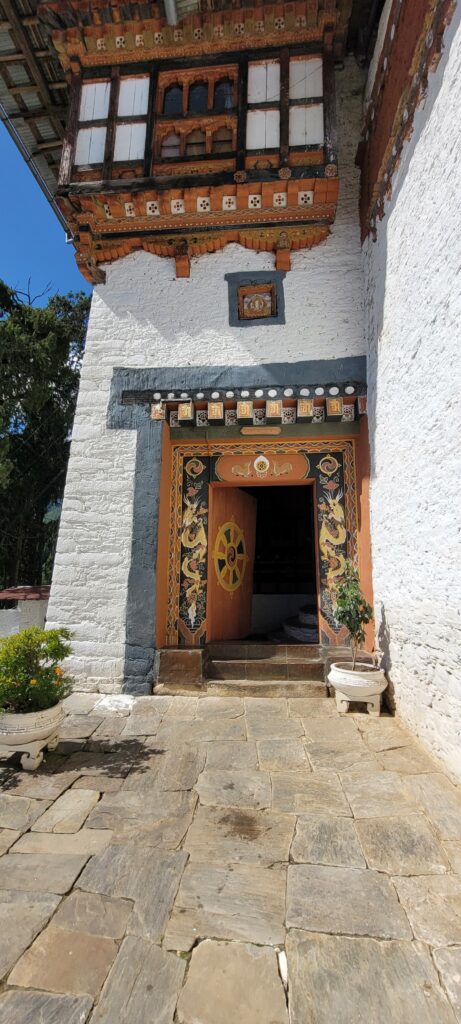
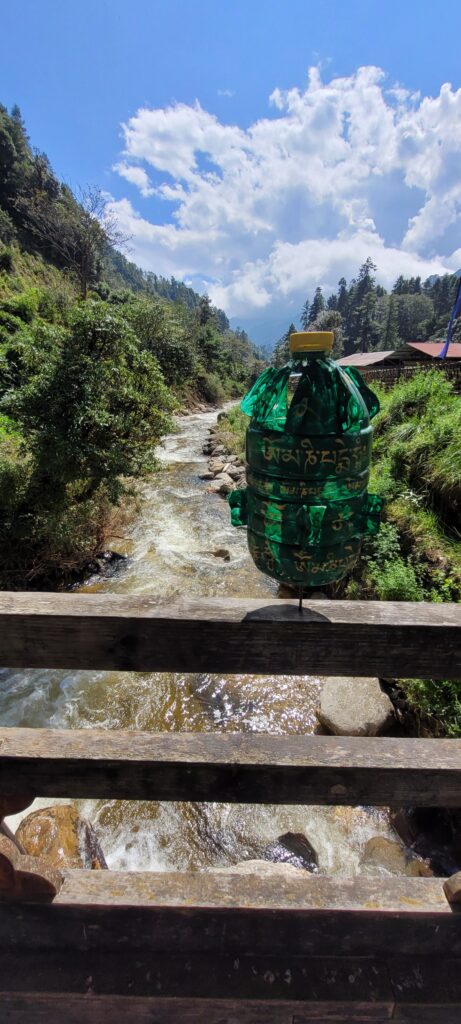
The further east you go in Bhutan, the more agrarian the economy becomes, with countless small farms dotting the hills and valleys. This is a remnant of a country that, until the mid-20th Century, still operated under a feudal system supported largely by subsistence farming and bartering. A national bank wasn’t established until 1968. But the parts of Bhutan that are only now modernizing provide visitors with a fascinating glimpse into the past, to a time when life was simpler (though certainly not easier) and people lived in greater harmony with nature.
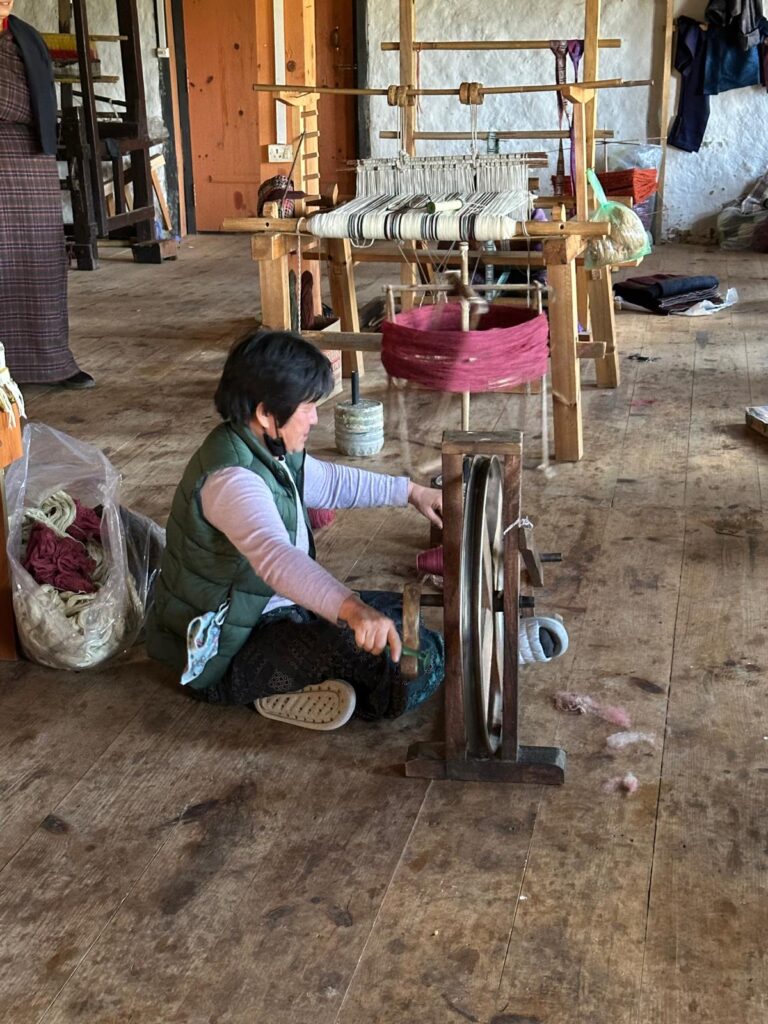
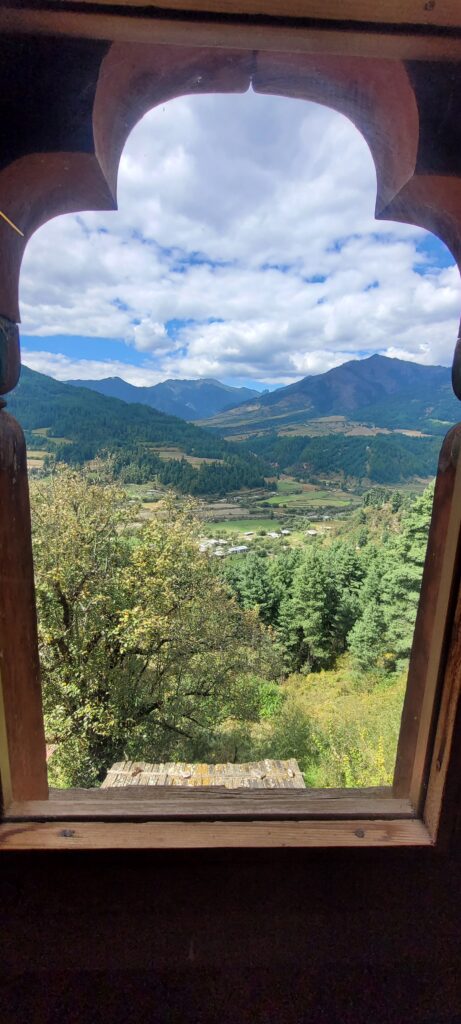
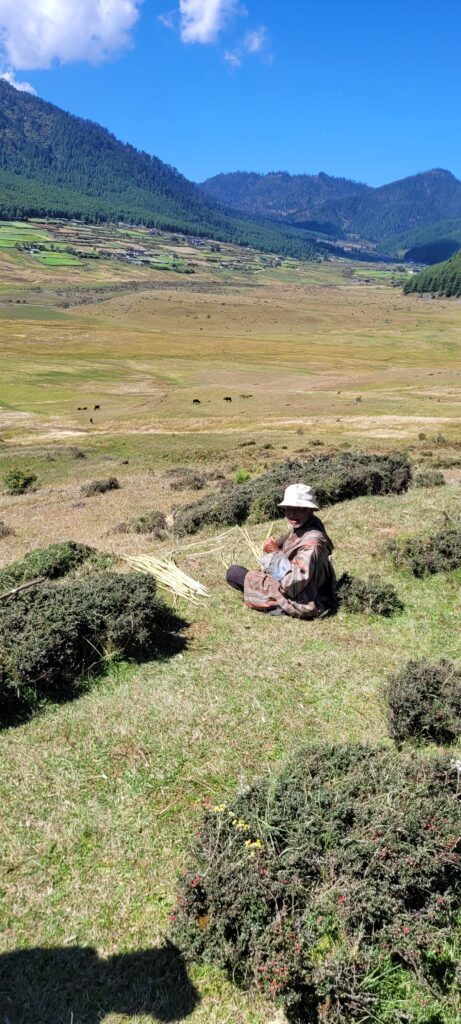
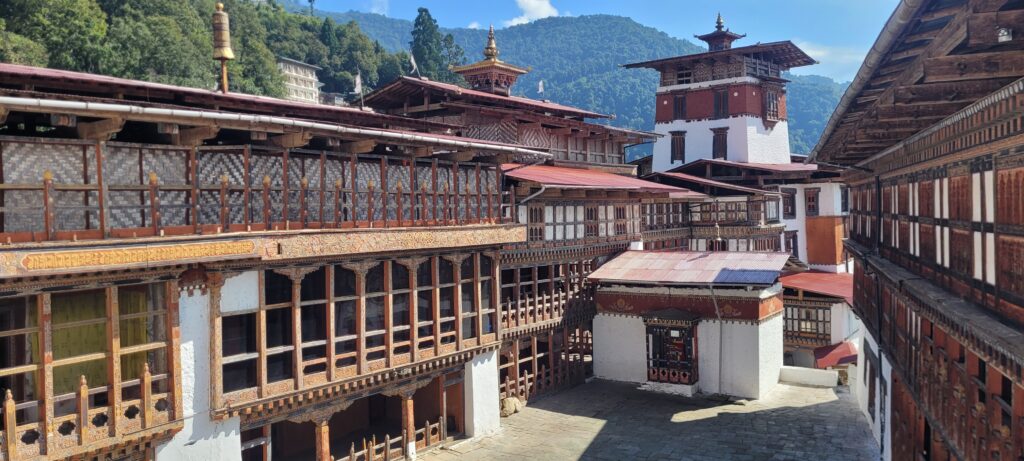
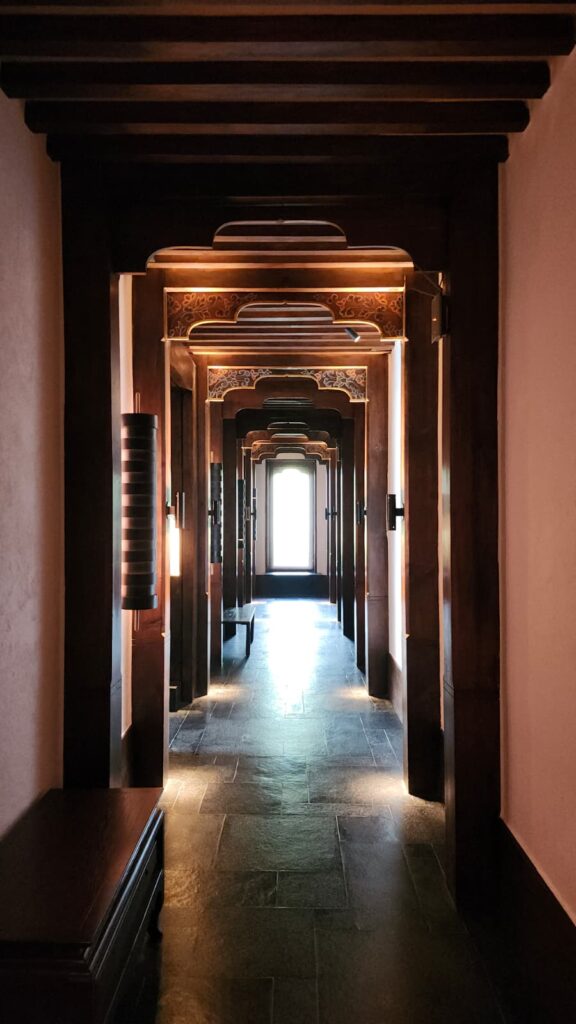
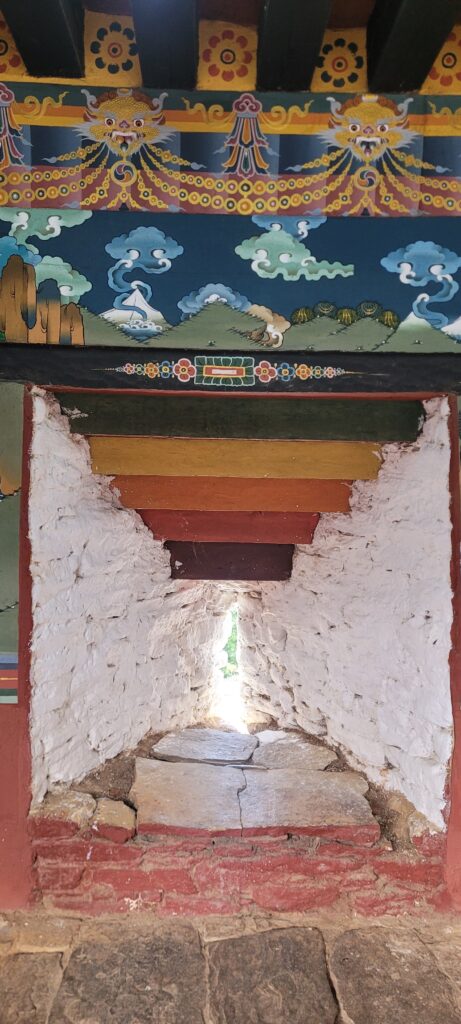
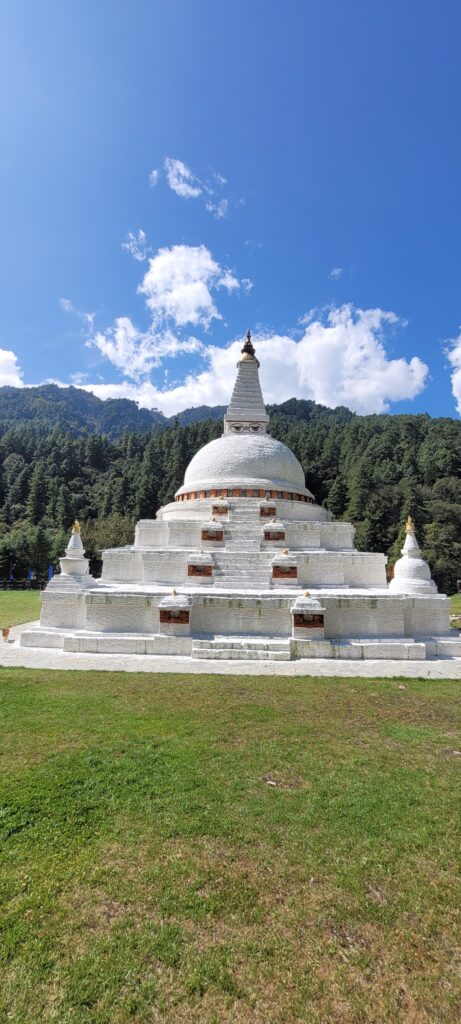
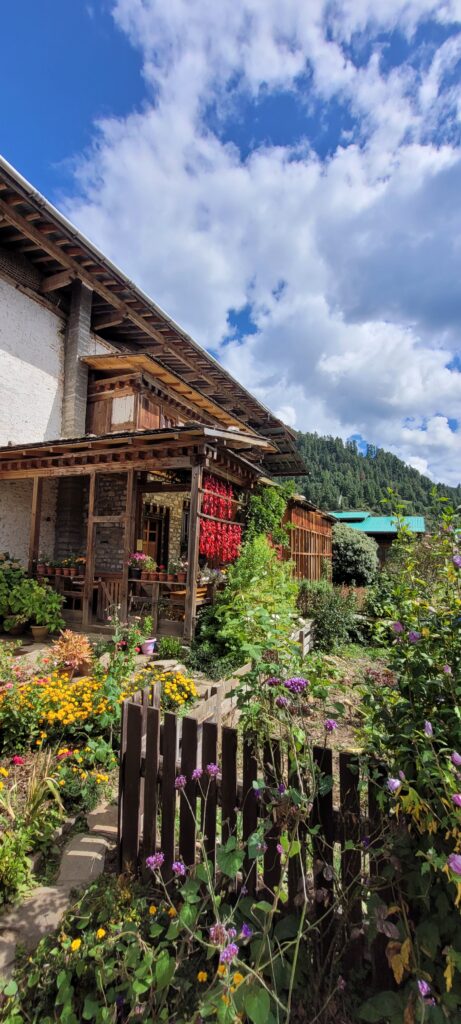
At the end of our Bhutan trip, we returned to Paro, in the west, where the trappings of modernity are far more prevalent. But even in Paro, the top tourist attraction is a 17th-century monastery called Paro Taktsang, better known as the Tiger’s Nest. To reach the monastery, you have to hike about 1,700 feet up a steep hill to a sheer cliff upon which the monastery was built. It’s a fairly rigorous climb, especially considering the thin air at 9,000 feet above sea level. But the views (and the sense of accomplishment) are well worth the effort.
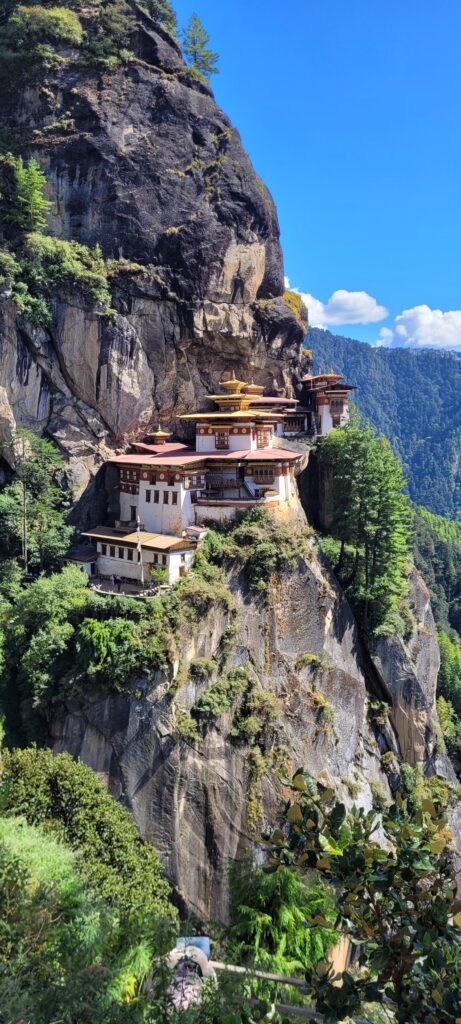
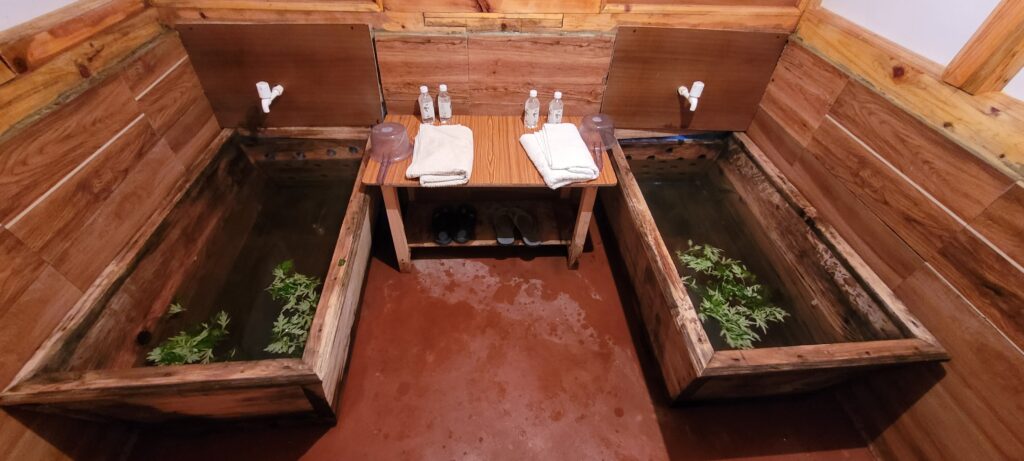
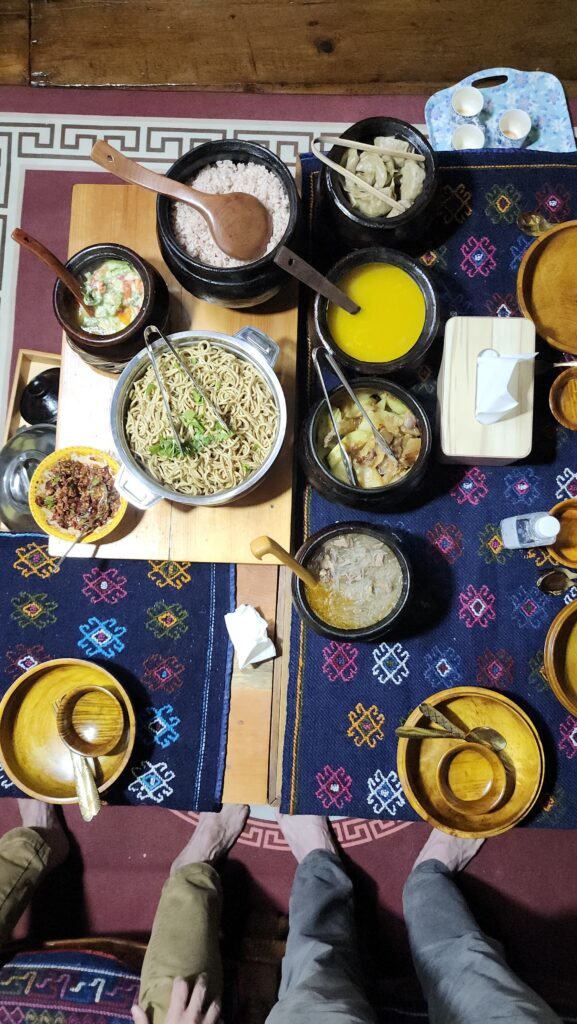
Although much of Bhutan may seem out of step with the faster pace of the western world, the people we encountered are just like people everywhere else. They’re doing their best to get by, live their lives as peacefully as possible, and remain hopeful during challenging times. Our brief visit to Bhutan served as another reminder of how fundamentally similar all people are. The differences that matter, I think, are not based on race or religion or relationships, but in the values different societies emphasize, and the ways each culture chooses to pursue its own gross national happiness.
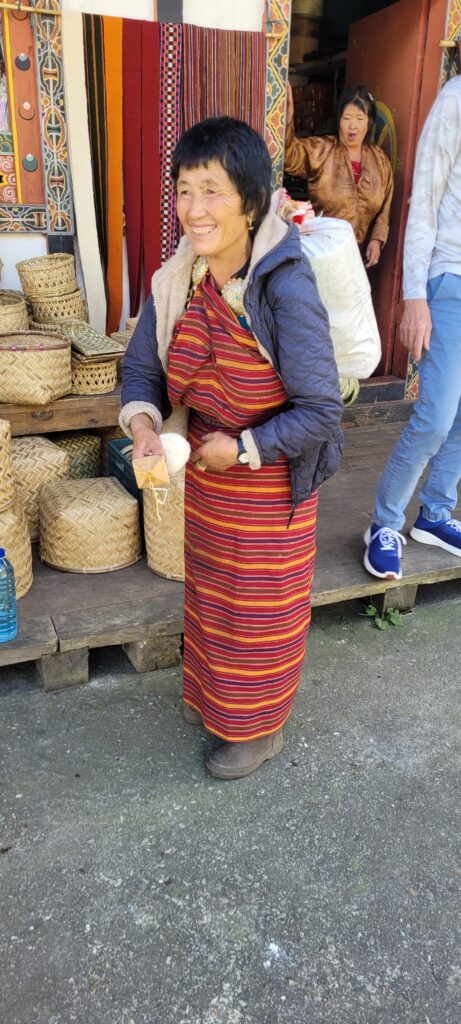
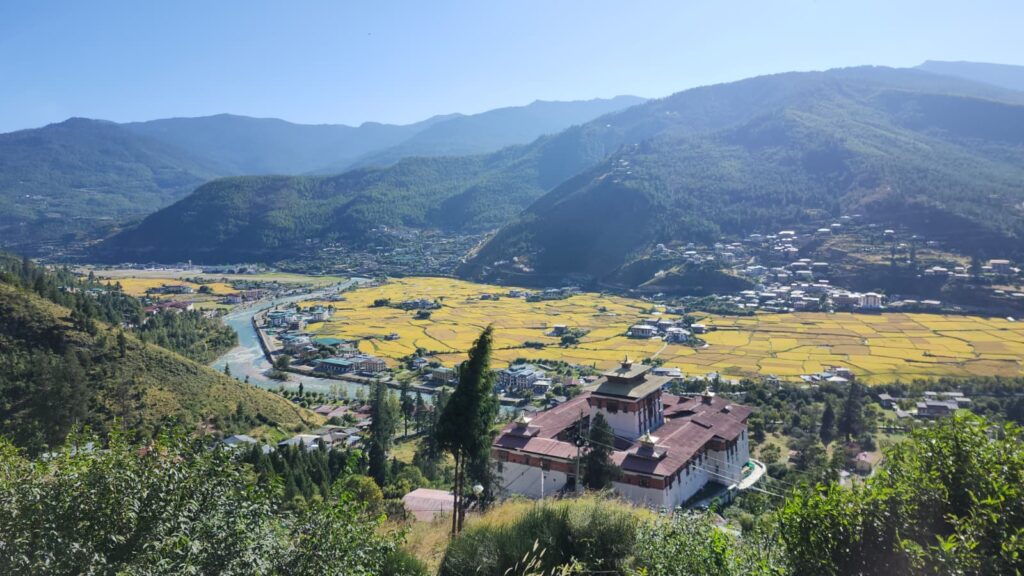
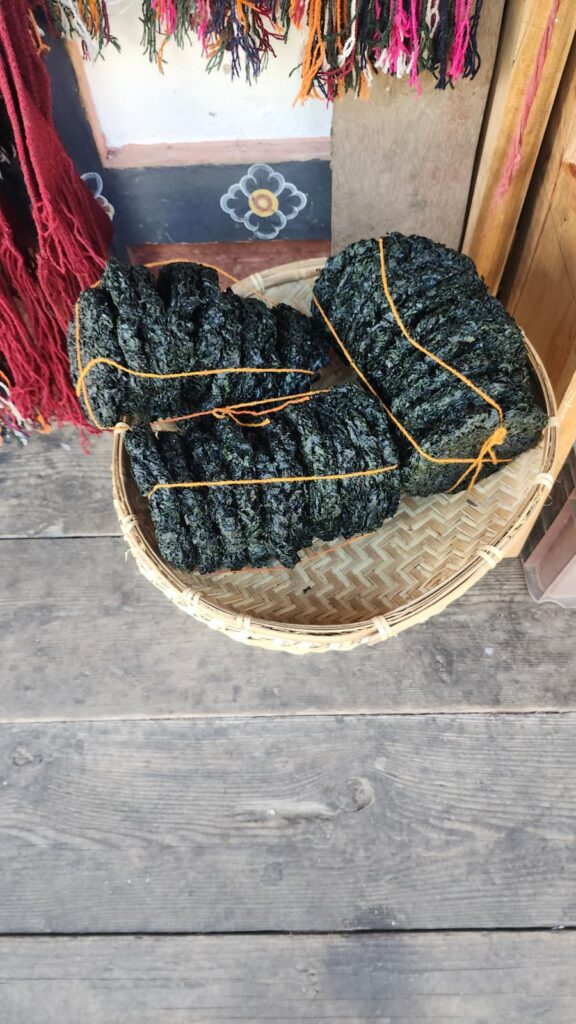
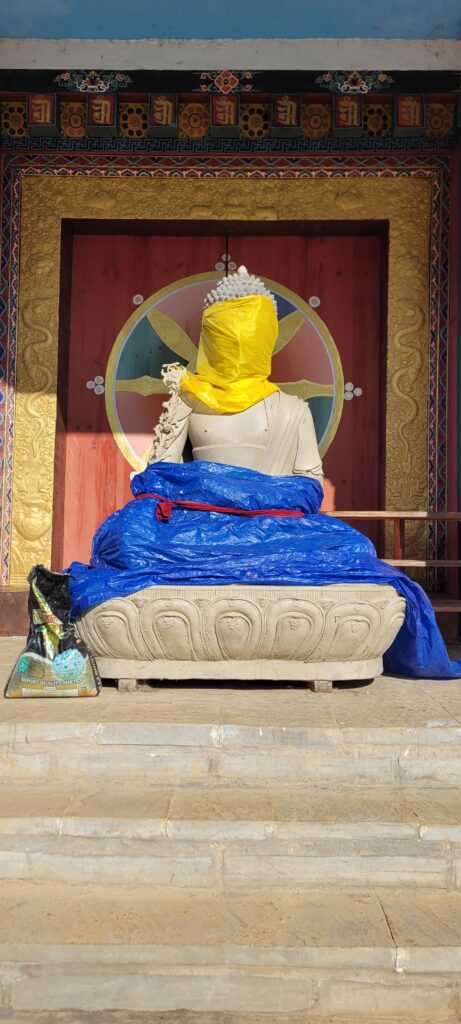
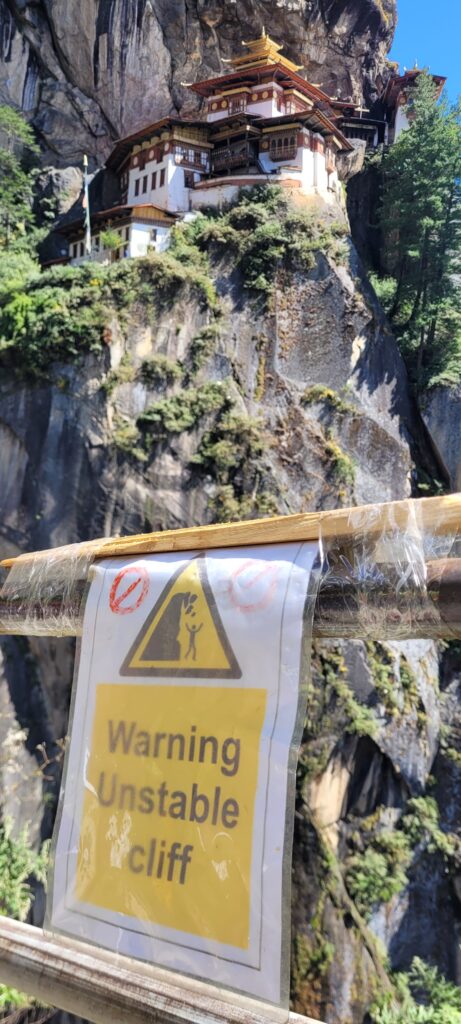
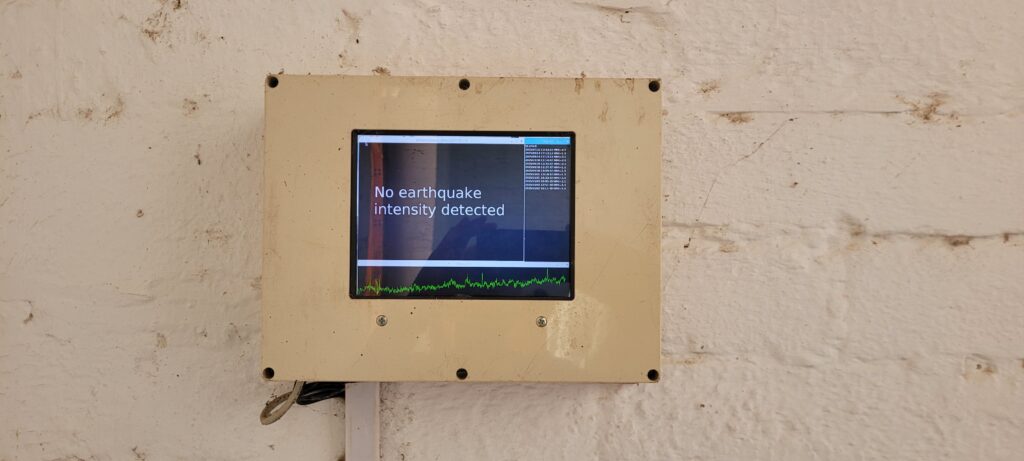
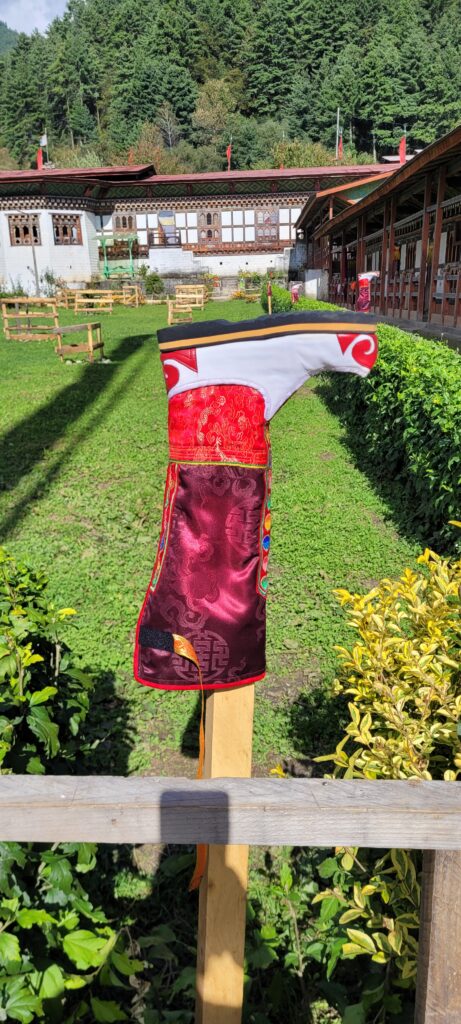
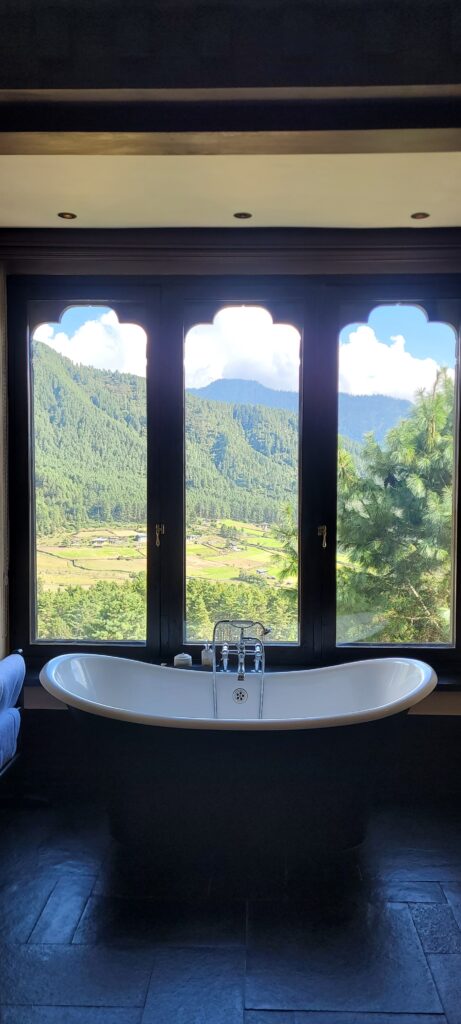
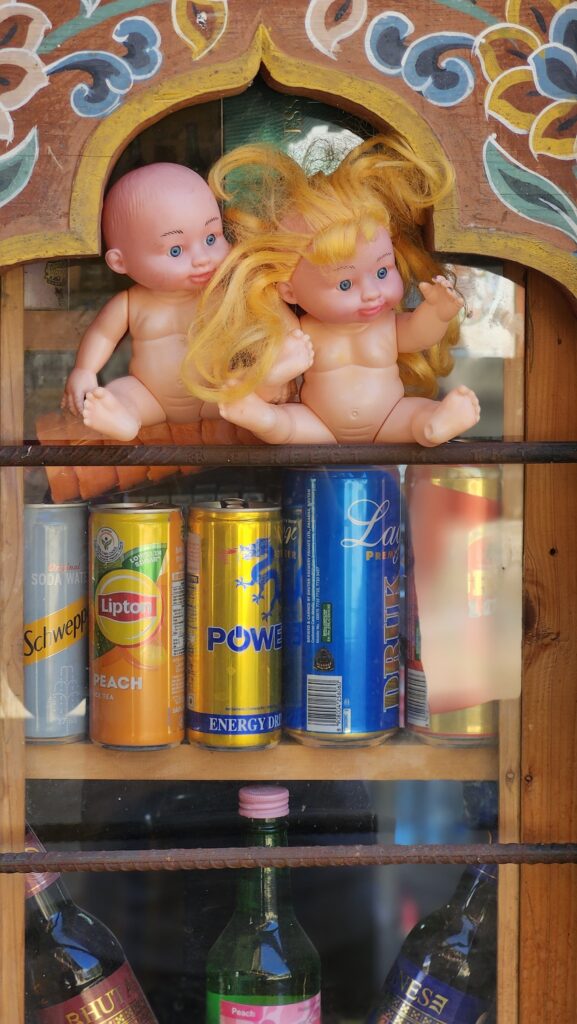
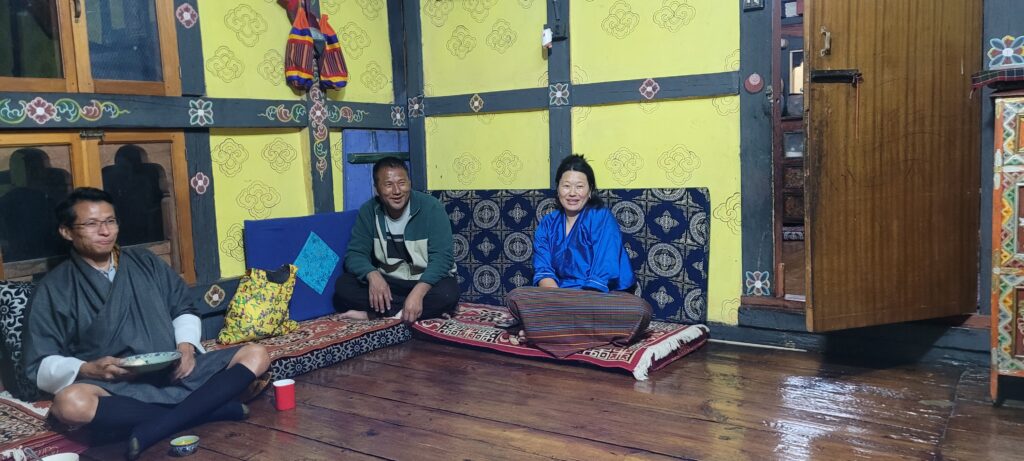
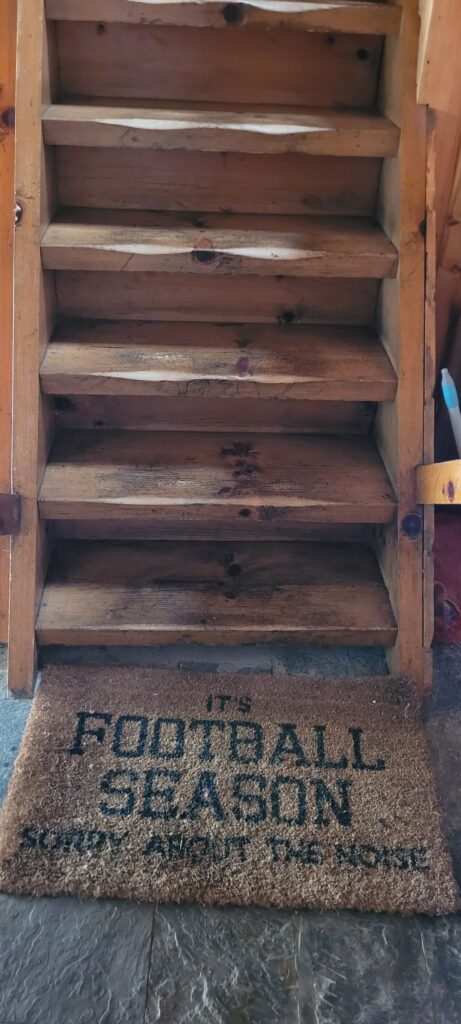
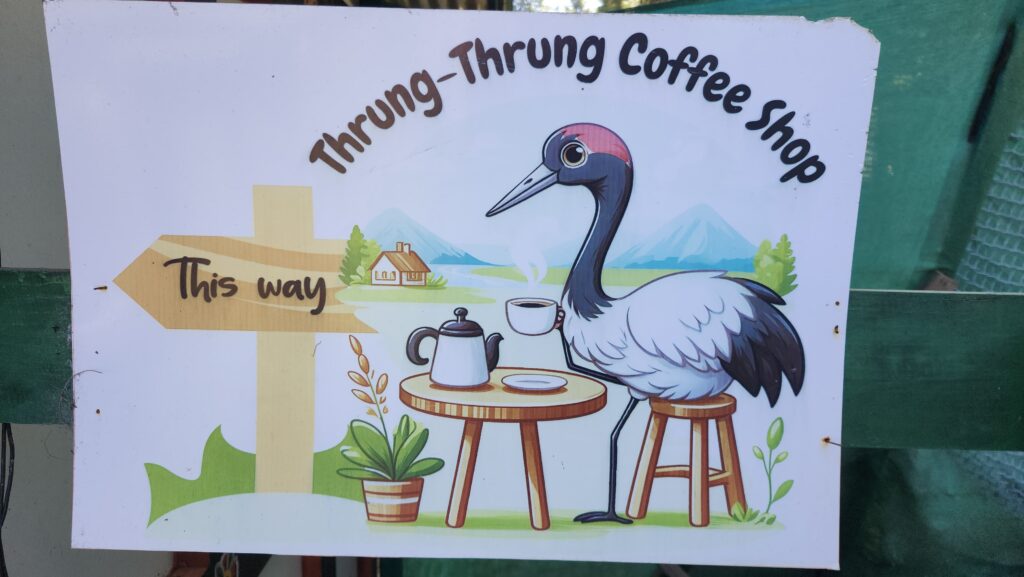
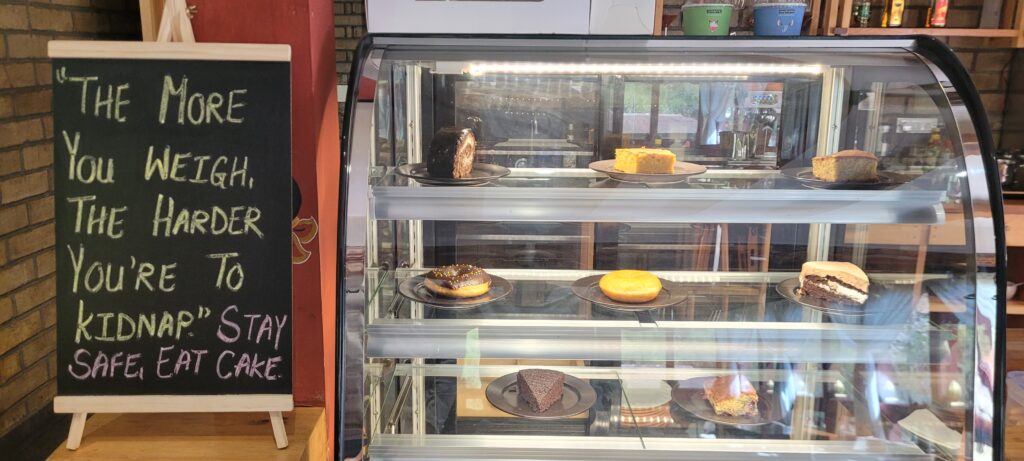
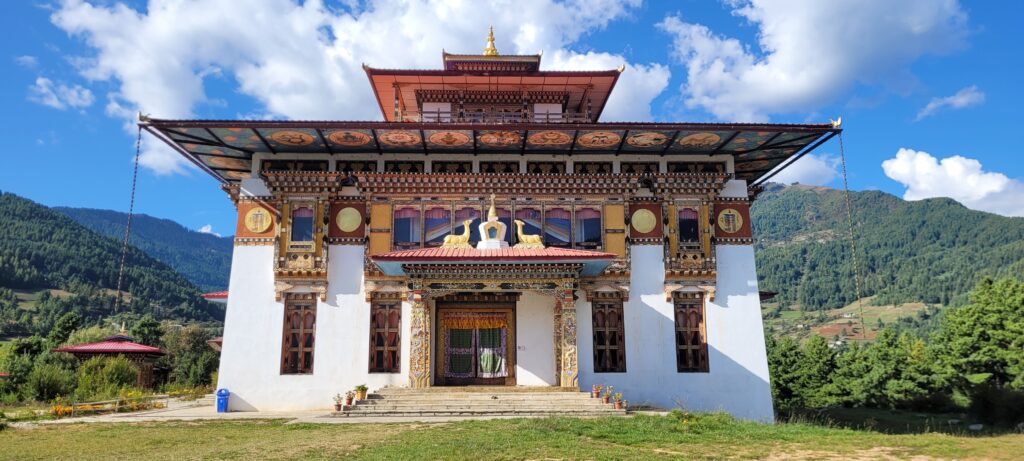
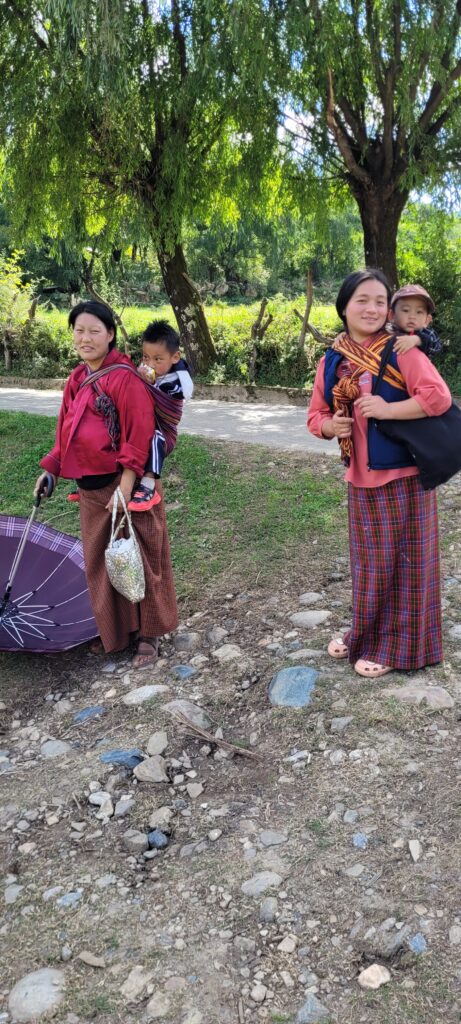
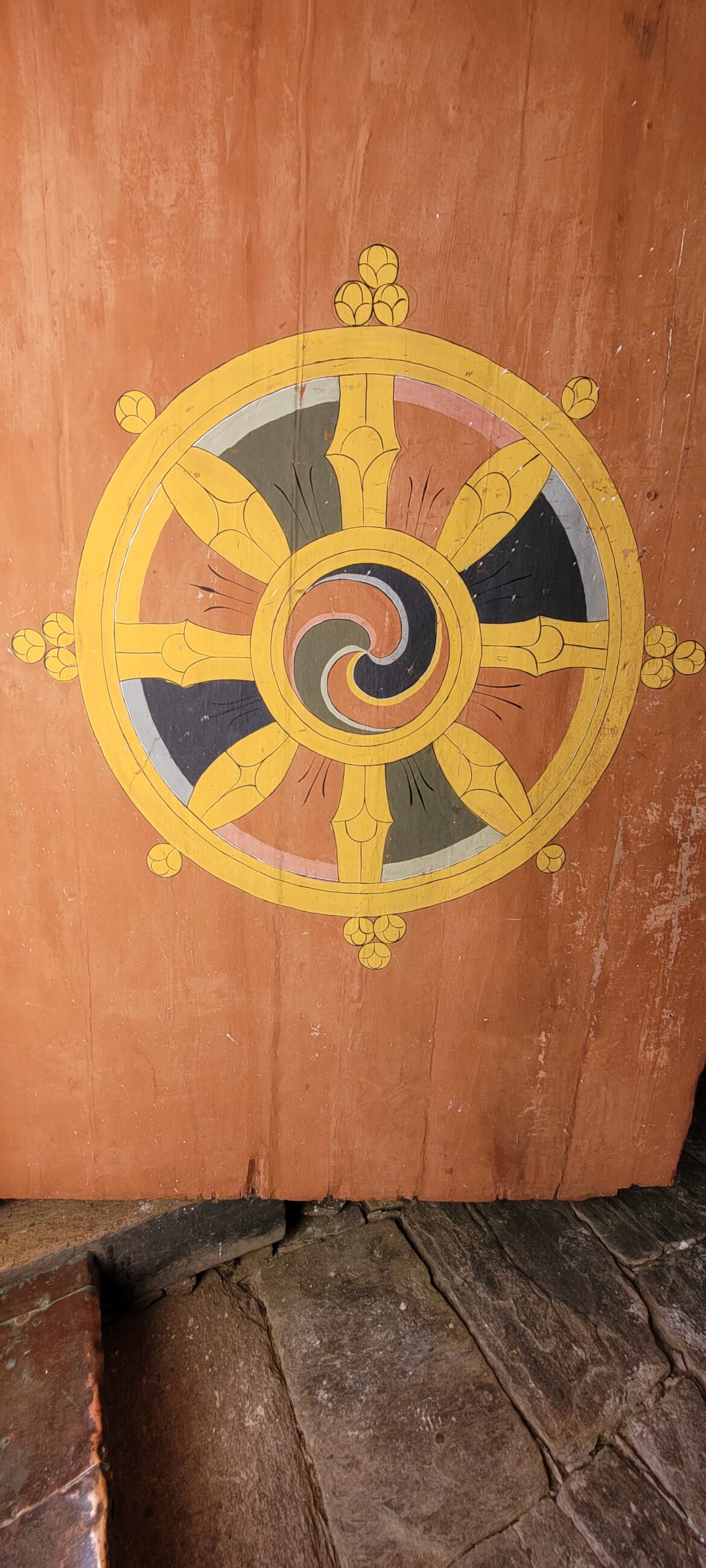
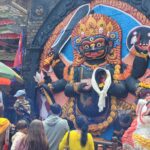
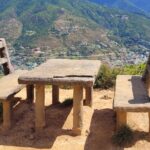
Fascinating!
At last, a justification for “Let them eat cake.” I envy you the trip.
I love this for you guys! Especially the Tiger’s Nest. That looked amazing, in addition to all the friendly people.
I marvel at the temples and workmanship from so long ago and where built. I am living and seeing the places thru your pictures and words. Just amazing
Fantastic pictures and posts!! Loved this.
Breathtaking!